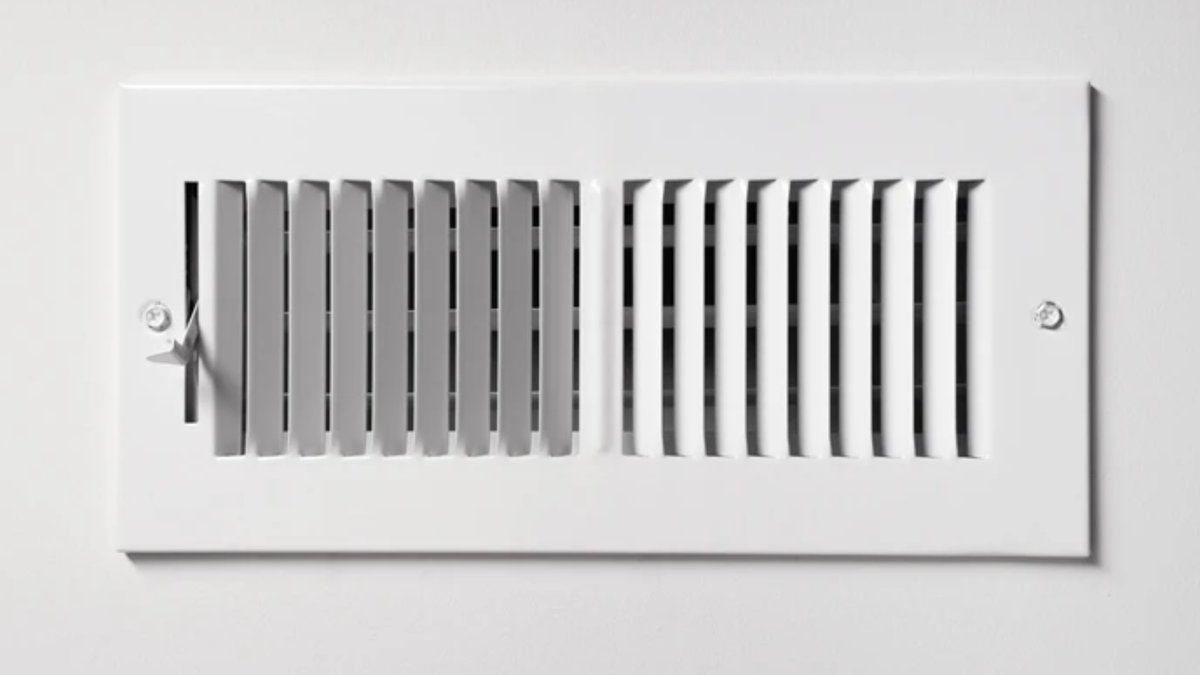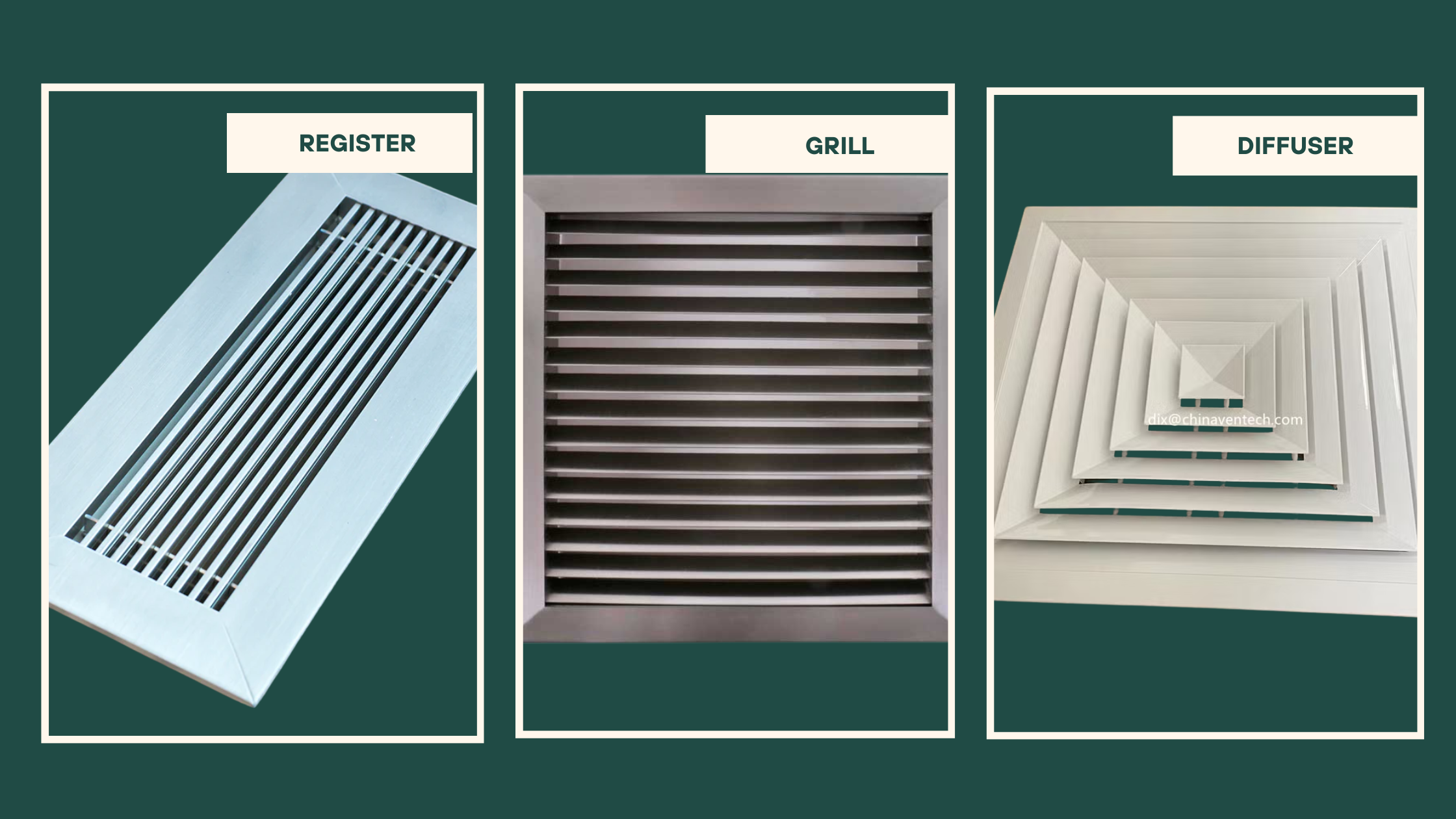AC Vent Types Explained: Which One is Right for Your Home or Office?

AC vents are essential for HVAC efficiency and indoor comfort, categorized into supply vents (delivering conditioned air) and return vents (circulating stale air). Various designs like registers, grilles, and diffusers impact airflow and aesthetics. Proper sizing, placement, and maintenance ensure optimal performance, energy efficiency, and compliance with safety standards. Choosing the right vents enhances climate control, reduces costs, and supports sustainability in modern HVAC systems.
Types of AC Vents

AC vents are essential for airflow management, categorized into supply vents, which deliver conditioned air, and return vents, which pull stale air back for reconditioning. Proper placement optimizes energy efficiency and indoor comfort.
Supply Vents
Supply vents distribute cooled or heated air into rooms and typically feature dampers to control airflow direction. Positioned near exterior walls or windows, they improve air circulation and maintain consistent temperatures.
Return Vents
Return vents draw used air back into the HVAC system, ensuring proper ventilation. Generally larger and damper-free, they are placed near ceilings or interior walls to efficiently capture rising warm air.
Additional Vent Types

- Registers: The most common type of supply vent, allowing for adjustable airflow.
- Grilles: Typically used for return vents, they promote air circulation without dampers.
- Diffusers: These vents feature slats that direct airflow more precisely, improving distribution.
Vent Designs and Styles
Vents come in various designs, including square, rectangular, round, and oval, allowing for adaptability in different settings. The right design balances functionality and visual appeal.
Functional vs. Decorative Vents
Functional vents prioritize airflow with minimal obstructions, while decorative vents enhance aesthetics but may reduce efficiency. Ideally, vents should have at least 75% open space for optimal performance.
Materials and Aesthetic Considerations
Vents are available in metal, wood, and plastic. Metal vents are the most durable and ideal for high-traffic areas, while wood and plastic vents offer more decorative appeal but may limit airflow.
Installation Considerations
Proper vent sizing prevents inefficiencies like air leaks or restricted flow. Routine cleaning is crucial, especially for floor vents, to prevent dust buildup and maintain indoor air quality.
Installation and Maintenance
Successful installation involves correct measurements, secure fittings, and ensuring ducts are sealed properly. Regular maintenance, including dust removal and duct inspections, maximizes HVAC efficiency and longevity.
By selecting the right AC vent type, design, and placement, homeowners and office managers can enhance energy efficiency, indoor air quality, and overall comfort.
Challenges and Best Practices in AC Vent Installation
Common Installation Challenges Despite careful planning, issues like air leaks, insufficient airflow, and uneven temperature distribution can occur. Regularly inspecting ductwork, adjusting dampers, and adding extra vents when needed can help resolve these problems. Routine professional maintenance further ensures system longevity and efficiency.
Importance of Professional Installation While DIY installation may seem cost-effective, expert handling guarantees proper system sizing, sealing, and compliance with safety regulations. Professional services minimize energy waste and enhance HVAC performance through precise installation and periodic inspections.
Energy Efficiency Considerations A well-designed HVAC system reduces operational costs and environmental impact. High SEER-rated units consume less power, lowering energy bills. Proper duct design and insulation prevent air leaks, maximizing energy efficiency and maintaining consistent indoor comfort.
System Sizing and Load Calculation Correctly sizing HVAC systems prevents excessive energy consumption and ensures optimal performance. Sealing ducts and using high-quality materials further enhance efficiency by eliminating energy losses and unnecessary operational costs.
Noise Control and Comfort Modern HVAC systems incorporate features like variable-speed drives and programmable thermostats to optimize energy use. These technologies enhance comfort by maintaining humidity levels and reducing noise for a quieter indoor environment.
Compliance with Building Codes HVAC systems must adhere to IMC, IECC, and ASHRAE standards to ensure safety and efficiency. Proper planning, accurate load calculations, and integrating energy-efficient technologies help achieve compliance. Securing permits and passing inspections is essential to avoiding project delays and penalties.
By addressing these challenges proactively and following industry best practices, homeowners and businesses can achieve reliable, energy-efficient HVAC performance.
